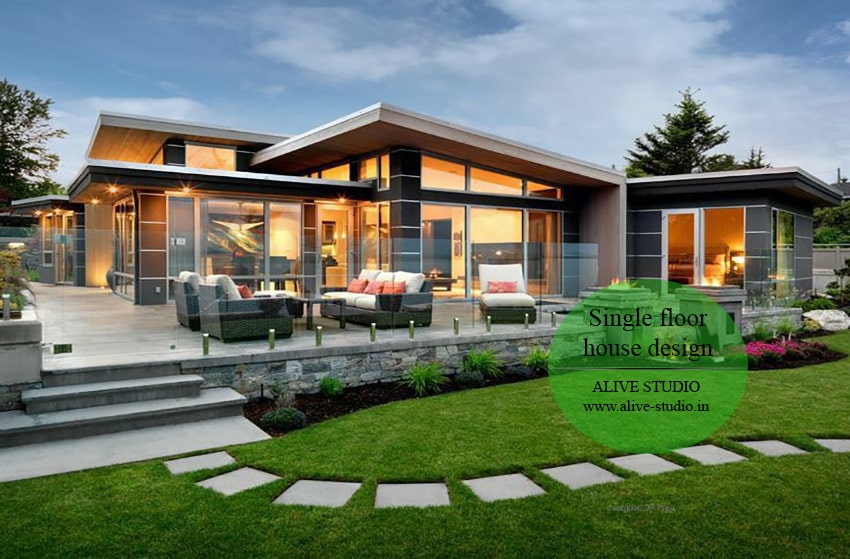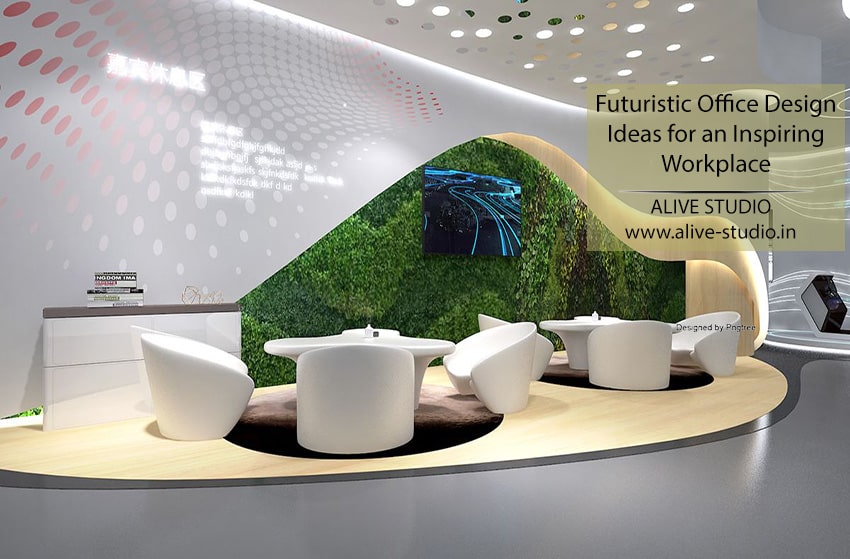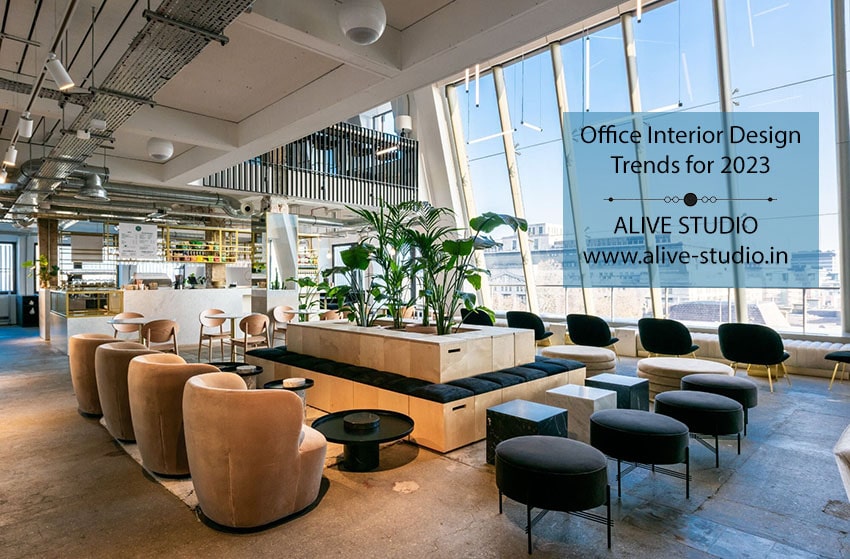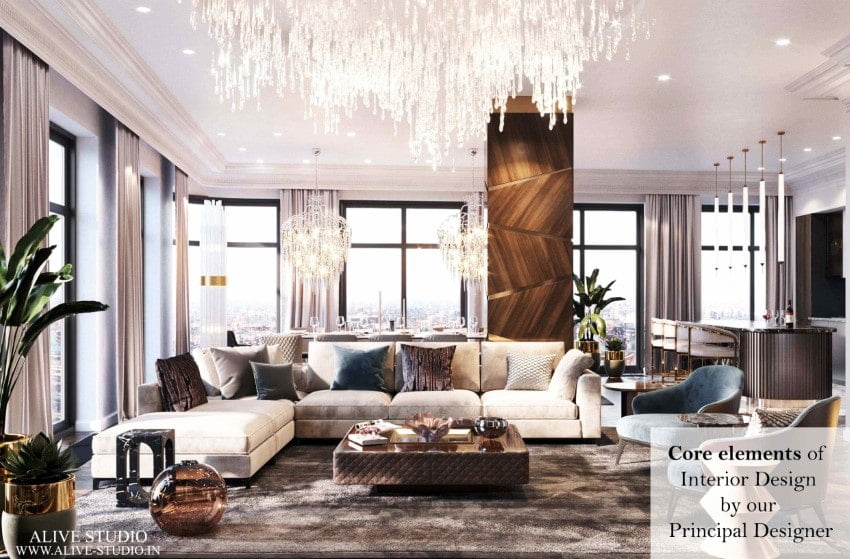
While the design is subjective, comprehensive and highly collaborative, there are certain elements of interior design that always come in handy to make it all more streamlined. Designers have often elaborated on their process and explained how they focus on form, function, texture and more.
The same elements of focus are what help induce balance in a space, and create a harmonious look.
7 Elements of Interior Design
Every space that is designed well follows form, function, line and a balance of positive and negative spaces. These individual aspects and elements of design in interior design, put together are the ones that unfold a harmonious blend of luxury.
1. Form
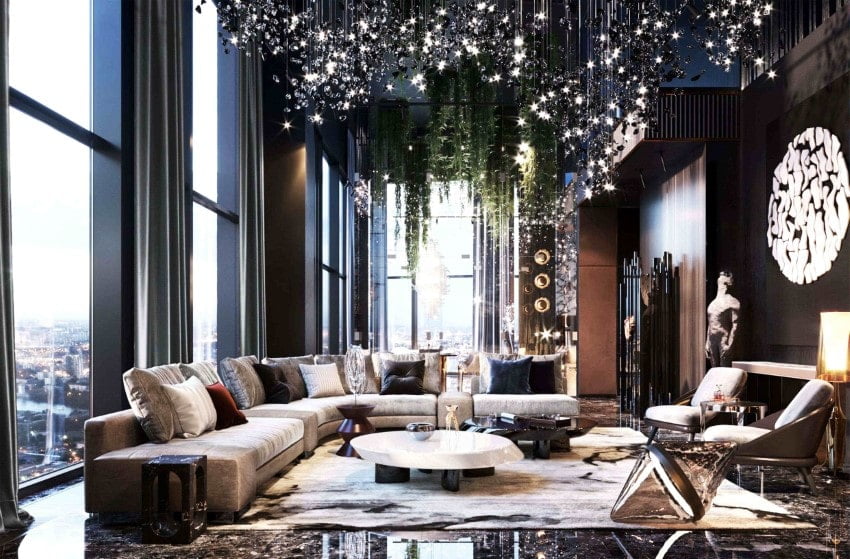
Every object that is placed in space has its own impact, visual and spatial. An interior designer’s first step is to understand the kind of forms and interior elements that the space can accommodate.
These are also elements that can be highlighted through the right use of texture, material and colour for they can become a statement-making pieces. When it comes to choose interior designer, these are also aspects that will help you decide.
Forms can be of varied types, from organic to hard lines. It is all in what the space needs and demands. Clean lines might be the concept of one, another may follow an extremely organic flow.
2. Patterns
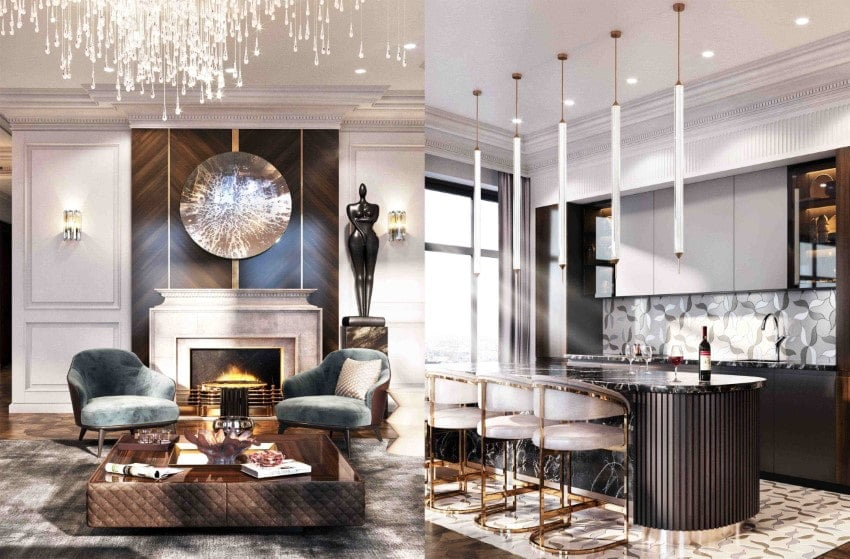
When it comes to designing with a maximal approach and for a luxurious outlook, patterns have come in handy for many designers. They can really transform the space and bring in a seamless look as well.
Most of us play safe when it comes to patterns and interior design features, but going bold is the way to go. Biophilic designs have taken the interior design world by storm, especially in bathrooms there is extreme scope for experimentation.
Quite often the energy that is needed to brighten up space can be brought in by patterns while also creating visual interest.
3. Lines

What the eye sees, if clean and crisp, it beholds. Haven’t we heard that a lot? Interior Designers are always aligning pieces, furniture and elements to certain lines or ensuring the eye settles on the horizontals, verticals and dynamic bits.
Every space will have lines that will help shape it up, like horizontals which will be our chairs, table and everything else at eye level. The verticals will define the height of the space and allow it to look taller or shorter.
When used in a balanced manner, all of these guidelines can define the location of interior design items and the focus of the human eye. Dynamic lines will further add to the interest and help create drama.
4. Space
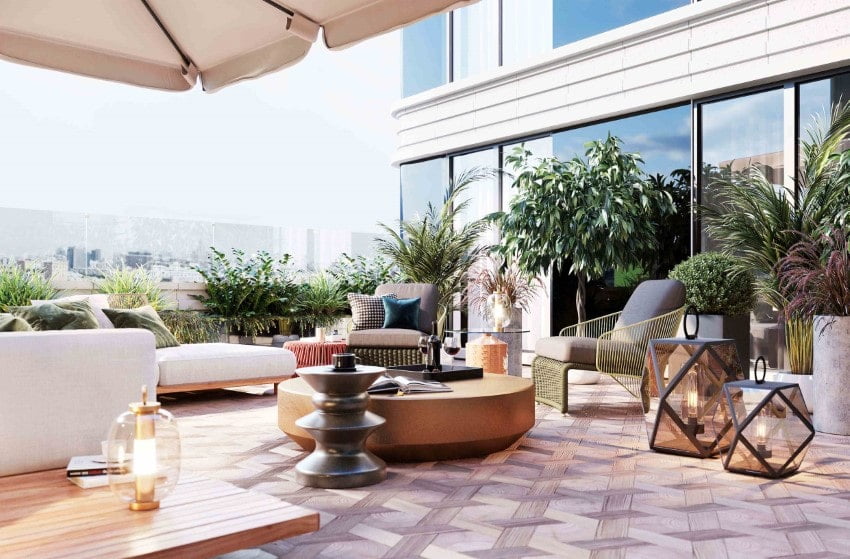
The foundation of any interior space is its floor area, the volume it occupies and everything it can accommodate. An understanding of proportions is what helps shape all of its up. While all other elements of interior design are quite dynamic and subject to design, this is something that can’t be changed.
There is positive space, and negative space based on where objects are placed inside a room. Interior designer in gurgaon have always tried to create a balance between the two, so there is visual interest even in the empty spots of the home.
All is achieved by an understanding of how one can balance out the two.
5. Light
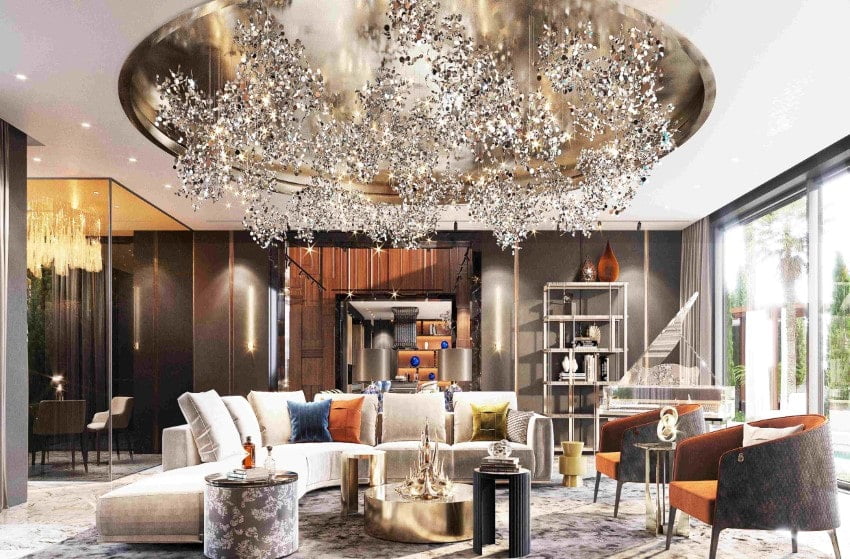
After the available space, one thing that is most important is the light that it receives. Designing based on the light available to us, natural and ambient and all the additional possibilities is what will bring harmony and luxury to the space.
Luxury interior design is incomplete without light fixtures that complement the furniture, wall enhancements and every other element that exists. Often lighting is designed to accommodate the custom furniture, artwork and highlighting areas.
As dictated by interior design terms, there is general lighting, task lighting, ambient lighting and more to look at based on the purpose that each of them serves. While general lighting will literally light up your space, ambient lighting will enhance its features.
6. Colour

Colour theory is very often talked about and experimented with in multiple spaces. It is a true science that residential architects in Gurgaon take on to reinvent their designs. The colour palette that you choose can change how the users of the space feel while being inside it.
Every colour will have its hue, intensity and complements. To understand those means, being able to define a look for the space. Moreover, each colour has a meaning and influence. Bright yellow would be used in a space that needs vibrance and cheeriness, while blue would be for a calmer and peaceful area.
7. Texture
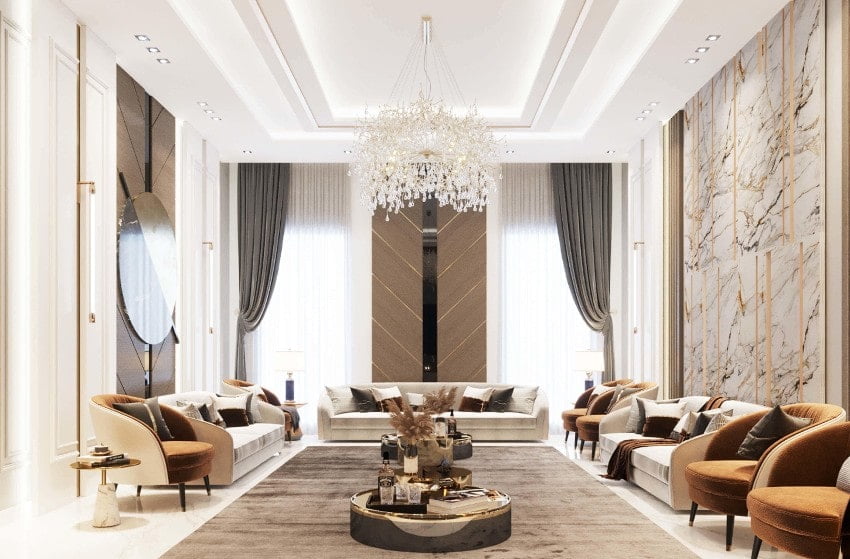
The complete look of any space is defined by what the hands feel and the eyes see, hence colour and texture. Here, we ask you to imagine a space that engages all your senses, would you consider that well-designed?
Texture can be just visuals or tactile, something that is just for the eyes or something that is a treat for touch as well. It is another dimension to the elements that are a part of principle of interior design.

